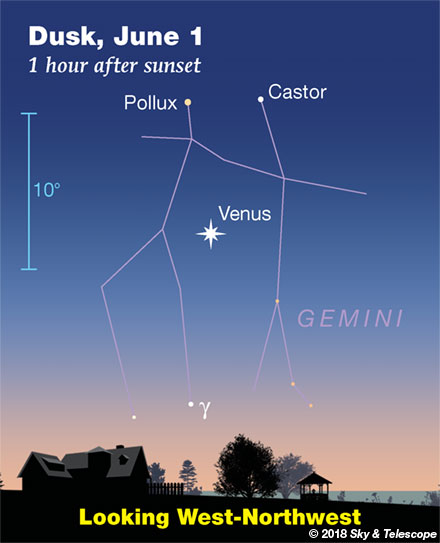
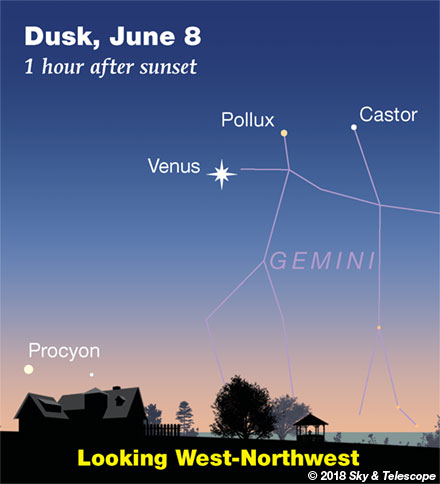
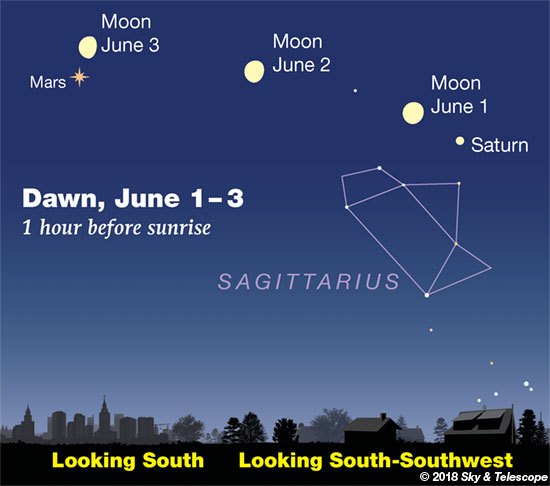
Friday, June 1
• Constellations seem to twist around fast when they pass your zenith — if you're comparing them to the direction "down." Just a week and a half ago, the Big Dipper floated horizontally in late twilight as the stars came out (as seen from around 40° N latitude). Now it's angled diagonally at that time. Another week or so, and it will be hanging straight down by its handle!
Saturday, June 2
• "Cassiopeia" usually means "Cold!" Late fall and winter are when this landmark constellation stands high overhead (seen from mid-northern latitudes). But even on warm June evenings, it still lurks low. As twilight ends, look for it down near the north horizon: a wide, upright W. The farther north you are the higher it'll appear, but even as far south as San Diego and Atlanta it's completely above the horizon.
• The waning gibbous Moon rises around midnight or 1 a.m. tonight, depending on your location, with fiery Mars only 3° beneath it (for North America). By the beginning of dawn Sunday morning, they're fairly high together in the south.
Sunday, June 3
• Jupiter this week is less than 1° from 3rd-magnitude Alpha Librae (Zubenelgenubi), a fine, wide double star for binoculars. Its two components, magnitudes 2.8 and 5.1, are a generous 231 arcseconds apart. Nevertheless they form a true, gravitationally bound pair; parallax measurements put them both 77 light-years away, and they're creeping in tandem across the sky (common proper motion). They're bigger and brighter than our Sun, shining with 36 and 4 times the Sun's light.
And don't overlook Jupiter's moons in binoculars! They're tiny points lined up closely east and west of the planet, changing position every night. The higher your binoculars' magnification, the better for these.
Monday, June 4
• Spot the Big Dipper very high in the northwest after dark. The middle star of its bent handle is Mizar, with tiny little Alcor right next to it. On which side of Mizar should you look for Alcor? As always, on the side toward Vega! Which is now the brightest star in the east.
Tuesday, June 5
• With summer just 16 days away, the huge Summer Triangle stands high and proud in the east after dark. Vega is its top star. Deneb is the brightest star to Vega's lower left (by 2 or 3 fists at arm's length). Look for Altair a greater distance to Vega's lower right.
Wednesday, June 6
• Bright yellow Arcturus, magnitude 0, shines high overhead toward the south these evenings. The kite shape of Bootes, its constellation, extends upper left from Arcturus. The kite is narrow, slightly bent, and 23° long: about two fists at arm's length.
• Just east of the Bootes kite is Corona Borealis, the pretty but mostly dim Northern Crown. Get to know its half-circle of stars with Matt Wedel's Binocular Highlight column and chart in the June Sky & Telescope, page 22.
• Last-quarter Moon (exact at 2:32 p.m. EDT). Tonight the Moon rises around 2 a.m. daylight-saving time. Watch for it to come up lower right of the Great Square of Pegasus, which will be standing on its corner in the east.
Thursday, June 7
• Action at Jupiter: This evening Io will disappear behind Jupiter's western limb at 9:29 p.m. EDT, followed by Ganymede at 11:10 p.m. EDT. Io reappears out of eclipse by Jupiter's shadow, barely east of the planet, around 12:20 a.m. EDT, followed by Ganymede around 12:56 a.m. EDT.
Then Jupiter's Great Red Spot transits the planet's central meridian around 2:08 a.m. EDT.
For all such events at Jupiter this month, good worldwide, see the tables in the June Sky & Telescope, pages 50-51.
Friday, June 8
• Vega is the brightest star very high in the east after dark. Just lower left of it is 4th-magnitude Epsilon Lyrae, the Double-Double. Epsilon forms one corner of a roughly equilateral triangle with Vega and Zeta Lyrae. The triangle is less than 2° on a side, hardly the width of your thumb at arm's length.
Binoculars easily resolve Epsilon. And a 4-inch telescope at 100× or more should resolve each of Epsilon's wide components into a tight pair.
Zeta Lyrae is also a double star for binoculars; much tougher, but plainly resolved in any telescope.
Delta Lyrae, below Zeta, is a much wider and easier pair. Notice its colors.
Saturday, June 9
• For much of the spring at mid-northern latitudes, the Milky Way lies right down out of sight all around the horizon. But watch the east now. The rich Cepheus-Cygnus-Aquila stretch of the Milky Way is rising up all across the east late these nights, earlier and higher every week. Hint for the light-polluted: It runs right through the Summer Triangle.
________________________
Want to become a better astronomer? Learn your way around the constellations! They're the key to locating everything fainter and deeper to hunt with binoculars or a telescope.
This is an outdoor nature hobby. For an easy-to-use constellation guide covering the whole evening sky, use the big monthly map in the center of each issue of Sky & Telescope, the essential guide to astronomy.

Once you get a telescope, to put it to good use you'll need a detailed, large-scale sky atlas (set of charts). The basic standard is the Pocket Sky Atlas (in either the original or Jumbo Edition), which shows stars to magnitude 7.6.
Next up is the larger and deeper Sky Atlas 2000.0, plotting stars to magnitude 8.5; nearly three times as many. The next up, once you know your way around, is the even larger Uranometria 2000.0 (stars to magnitude 9.75). And read how to use sky charts with a telescope.
You'll also want a good deep-sky guidebook, such as Sue French's Deep-Sky Wonders collection (which includes its own charts), Sky Atlas 2000.0 Companion by Strong and Sinnott, or the bigger Night Sky Observer's Guide by Kepple and Sanner.
Can a computerized telescope replace charts? Not for beginners, I don't think, and not on mounts and tripods that are less than top-quality mechanically (meaning heavy and expensive). And as Terence Dickinson and Alan Dyer say in their Backyard Astronomer's Guide, "A full appreciation of the universe cannot come without developing the skills to find things in the sky and understanding how the sky works. This knowledge comes only by spending time under the stars with star maps in hand."
This Week's Planet Roundup
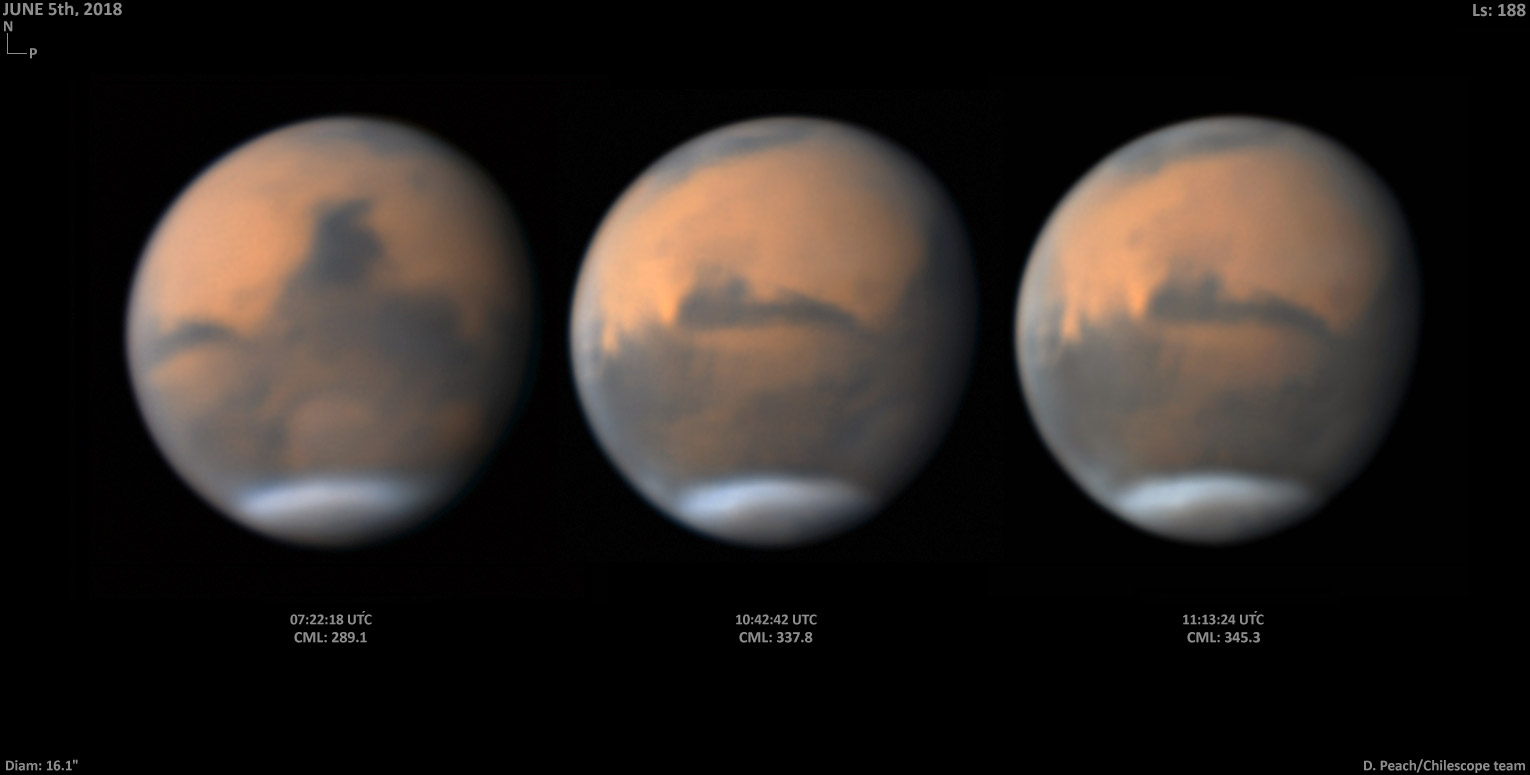
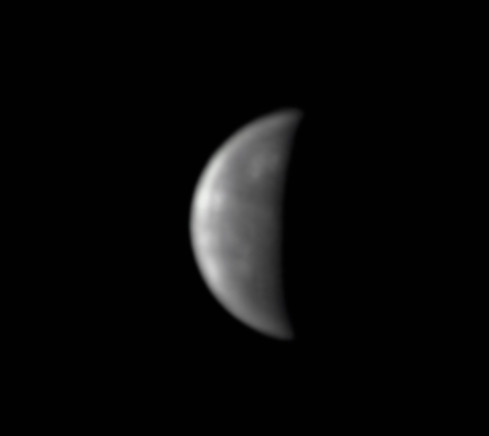
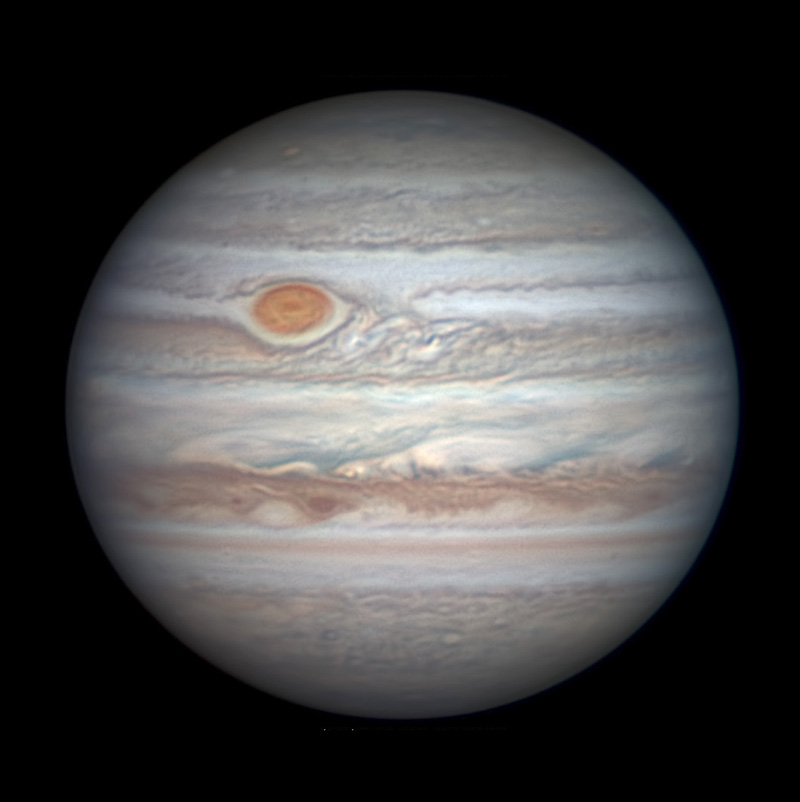
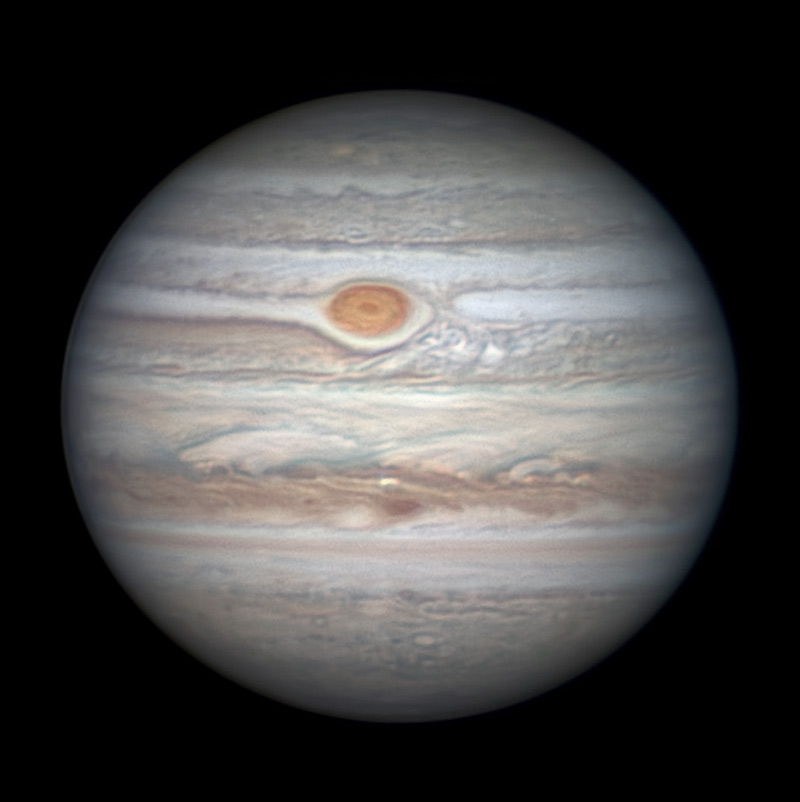
Mercury is hidden in conjunction with the Sun.
Venus (magnitude –4.0, in Gemini) shines brightly in the west-northwest during twilight and just after. This is as high as it's going to get in evening twilight for mid-northern skywatchers this year.
In a telescope (look early, as soon after sunset as you can pick it up) Venus is a gibbous disk 13 arcseconds wide and 80% sunlit.
Mars (magnitude –1.3, in Capricornus) rises around midnight daylight-saving time. Watch for it about 30° lower left of Saturn. By early dawn Mars glares orange in the south. It's brightening rapidly now, on its way to an unusually close opposition at the end of July. Mars is 15 or 16 arcseconds wide — already bigger than at its farthest oppositions!
See our telescopic guide to Mars in the July Sky & Telescope, page 22. You'll also want a Mars map that shows which features are facing Earth at your time and date, such as our Mars Profiler online.
Vesta, the brightest asteroid, is having an unusually close and bright apparition in the Ophiuchus Milky Way a little north of Saturn. It's currently magnitude 5.7 and will brighten to 5.3 around its June 19th opposition. Article and finder charts: Vesta Gets Close and Bright.
Jupiter (magnitude –2.5, in Libra) shines well up in the south-southeast as twilight fades. It's highest in the south, presenting the sharpest views in a telescope, by 11 or midnight daylight-saving time. It's still a generous 44 arcseconds in equatorial diameter. See our telescopic guide to observing Jupiter in the May Sky & Telescope, page 48.
Saturn (magnitude +0.2, just above the Sagittarius Teapot) rises in the southeast in late twilight. It stands highest in the south around 2 or 3 a.m., about 30° to the right of much brighter Mars.
Uranus is still hidden in the glow of dawn.
Neptune (magnitude 7.9, in Aquarius) is up in the east-southeast before the beginning of dawn. Finder chart.
______________________
All descriptions that relate to your horizon — including the words up, down, right, and left — are written for the world's mid-northern latitudes. Descriptions that also depend on longitude (mainly Moon positions) are for North America.
Eastern Daylight Time (EDT) is Universal Time (also called UT, UTC, GMT, or Z time) minus 4 hours.
______________________
"Remember to look up at the stars and not down at your feet. Try to make sense of what you see and wonder about what makes the universe exist. Be curious."
— Stephen Hawking, 1942–2018
______________________
"The dangers of not thinking clearly are much greater now than ever before. It's not that there's something new in our way of thinking, it's that credulous and confused thinking can be much more lethal in ways it was never before."
— Carl Sagan, 1996
______________________
"Objective reality exists. Facts are often determinable. Vaccines save lives. Carbon dioxide warms the globe. Bacteria evolve to thwart antibiotics, because evolution. Science and reason are not a liberal conspiracy. They are how we determine facts. Civilization's survival depends on our ability, and willingness, to do so."
— Alan MacRobert, your Sky at a Glance editor
______________________
"Facts are stubborn things."
— John Adams, 1770
 1
1








Comments
Rod
June 5, 2018 at 10:44 pm
"Jupiter this week is less than 1° from 3rd-magnitude Alpha Librae.." I observed this on 04-Jun-18 between 2245-0015 EDT (again since 29-May). Stunning sight in the eyepiece. I used lower power, 31x and 1.6 degree true field of view. Very lovely viewing because the rain and clouds cleared in my area (Patuxent River valley farms in MD), a lovely clear night. I tested Sue French report on Deep-Sky Wonders in the June issue of Sky & Telescope. I could see Nu1 Nu2 Coronae Borealis just fine with unaided eye (5.4, 5.6 mv). Saturn rose up higher and put on a show too. Very enjoyable night out under the stars before moonrise. Fireflies were all over the skies and fields tonight, lighting up in different locations and above me while observing.
You must be logged in to post a comment.
You must be logged in to post a comment.